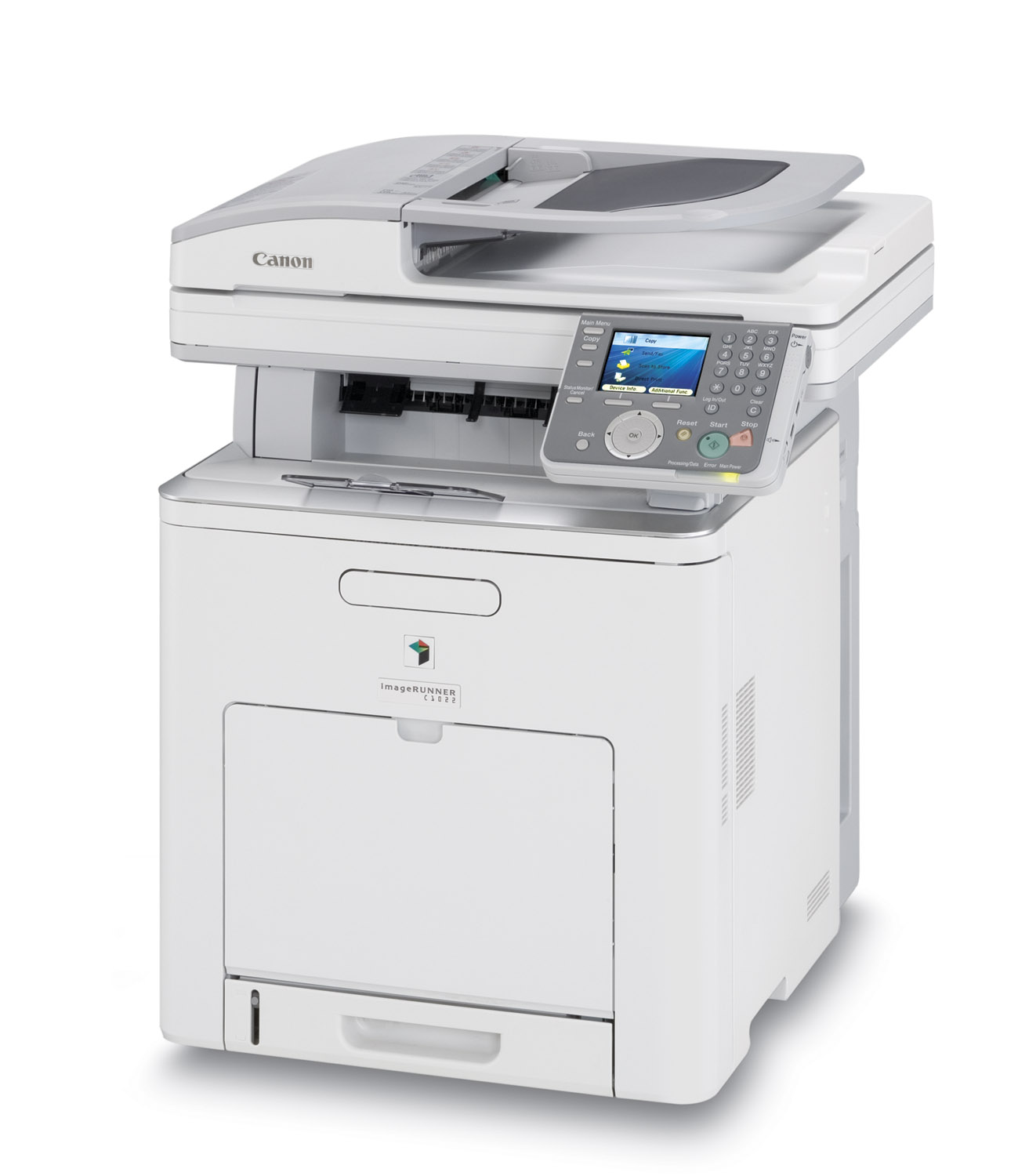 We all remember FAB right?
We all remember FAB right?
For those of you that don't the what the acronym stands for.
It's Feature, Advantage and Benefit.
Back in the eighties and nineties I can remember making a bullet list of all of the features for the Minolta copiers I sold. In the next column I would list the Advantage of the Feature to the client and then in the final column was the Benefit that was derived from those features.
During the demonstration we would drill every feature, then the advantage and then the benefit to the customer. A typical question would have been, "So, Mrs. So n So, would having a new copy machine that could process mixed sized originals all at once instead of breaking the original in to two parts help save time?"
Of course that question came after someone in the audience stated that the mixed sized originals would be a god send for them. You new you were going to get a yes and the goal of the demonstration was to build up so many yeses, that when the close came, there was no way they would disagree with what they saw, and what they liked.
Back then, it seemed liked every demo we did was for a net new account. They key to the demonstration was to listen to the clients wants and needs for a new copier.
Today, what I see, is that many clients are not educated with the advanced functionality that we have right out of the box or by adding a third party solution to our existing MFP. Most believe all they are buying is a machine that will copy, print, scan and fax and that all systems are created equal. That created equal part is where we lose if we don't take the time to educate them.
For me the educational process starts with my line of questioning to the client. During each appointment I'll have a short list of 20 or so questions that I will pose to the client. In that short list there will be at least 5 questions that will help me determine if they may have a need for advanced functionality with my device. Answering yes to any of those questions will then prompt me to develop a proposal or plan a demonstration around that functionality. Advanced functionality can be anything from scanning bar codes, browse to any folder from the MFP, tracking prints/copies/faxes/scans, secure print or a workflow process for scanning.
Thus, number three that I use, is that I will not list the advanced functionality as an option. I will present the system bundled with that option and present it a way that it's a standard feature on our devices. Back that Feature thing, right? In my 35 years of selling office technology, most clients do NOT want to pay for options, however, if it's a standard feature and there's value (Benefit), your device will be the logical choice over a competitors device when that Feature may be an option. But, I would bet dollars to Doughnuts that the other sales person did not or was not able to dig that deep with the client.
Dig deep, probe, find pain and bundle your way to a great sale! BTW, FAB is not a nineties thing, it still works so use it whenever you can.
-=Good Selling=-






 Ah, net new business has been a hot topic with me in recent days.
Ah, net new business has been a hot topic with me in recent days. I get it, we all need to drive net new business. We can't survive by continually upgrading our base. Personally, I do a pretty good job with acquiring net new business. A quick glance at my CRM will show that roughly 60% of follow ups and cold calls are for net new accounts.
I get it, we all need to drive net new business. We can't survive by continually upgrading our base. Personally, I do a pretty good job with acquiring net new business. A quick glance at my CRM will show that roughly 60% of follow ups and cold calls are for net new accounts.

 It's not too often that I get excited about a distributor, however, I'm really excited about
It's not too often that I get excited about a distributor, however, I'm really excited about  Today was a pretty exciting day for those of us in New Jersey that support Governor Chris Christie.
Today was a pretty exciting day for those of us in New Jersey that support Governor Chris Christie.  The average organization, regardless of size or industry, is under a greater threat of data breach than ever before, as digital risks continue to propagate and the defenses to avoid them lag. As a result, the frequency and subsequent damages associated with data breaches remain high and rising, and certain industries have been feeling the brunt of this trend more significantly than others, with healthcare being the first to come to mind.
The average organization, regardless of size or industry, is under a greater threat of data breach than ever before, as digital risks continue to propagate and the defenses to avoid them lag. As a result, the frequency and subsequent damages associated with data breaches remain high and rising, and certain industries have been feeling the brunt of this trend more significantly than others, with healthcare being the first to come to mind.


 Spending much of my time driving around the State of New Jersey and not listening to the radio (I'm just to lazy to pull the radio and reset the code after the battery died a few months ago) gives me more than enough time to think about events that will eventually lead me to writing a blog on that subject.
Spending much of my time driving around the State of New Jersey and not listening to the radio (I'm just to lazy to pull the radio and reset the code after the battery died a few months ago) gives me more than enough time to think about events that will eventually lead me to writing a blog on that subject.
 In a presentation that I gave last week for a dealer in Virginia, I spoke about what the future will hold for those of us that are complacent with just upgrading our customer base with A3 MFP's.
In a presentation that I gave last week for a dealer in Virginia, I spoke about what the future will hold for those of us that are complacent with just upgrading our customer base with A3 MFP's. Healthcare providers were constantly under the gun when it came to the safe deployment of new technologies throughout the past several years, and it would be hard to argue that the sector at large has been highly successful in these endeavors.
Healthcare providers were constantly under the gun when it came to the safe deployment of new technologies throughout the past several years, and it would be hard to argue that the sector at large has been highly successful in these endeavors.
